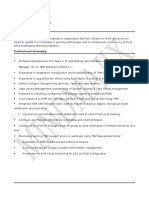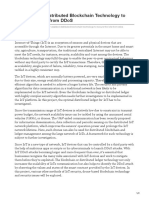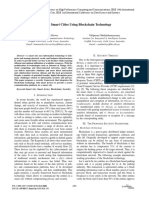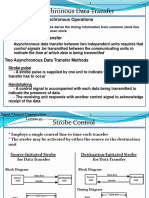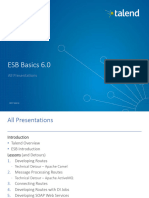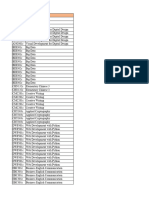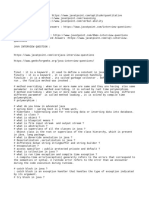0% found this document useful (0 votes)
187 views37 pagesData Engineering System Design
The document outlines 12 detailed system design scenarios for Data Engineering interviews, covering real-world contexts, clarifying questions, functional and non-functional requirements, architecture proposals, trade-offs, and security considerations. Each scenario includes specific examples such as real-time user activity analytics, batch ETL pipelines, change data capture, data quality monitoring, cost optimization, cross-region data replication, and data lakehouse architecture. It serves as a comprehensive guide to prepare for technical interviews by showcasing both technical knowledge and critical thinking.
Uploaded by
Swapnil NarayanCopyright
© © All Rights Reserved
We take content rights seriously. If you suspect this is your content, claim it here.
Available Formats
Download as PDF, TXT or read online on Scribd
0% found this document useful (0 votes)
187 views37 pagesData Engineering System Design
The document outlines 12 detailed system design scenarios for Data Engineering interviews, covering real-world contexts, clarifying questions, functional and non-functional requirements, architecture proposals, trade-offs, and security considerations. Each scenario includes specific examples such as real-time user activity analytics, batch ETL pipelines, change data capture, data quality monitoring, cost optimization, cross-region data replication, and data lakehouse architecture. It serves as a comprehensive guide to prepare for technical interviews by showcasing both technical knowledge and critical thinking.
Uploaded by
Swapnil NarayanCopyright
© © All Rights Reserved
We take content rights seriously. If you suspect this is your content, claim it here.
Available Formats
Download as PDF, TXT or read online on Scribd
/ 37





























































